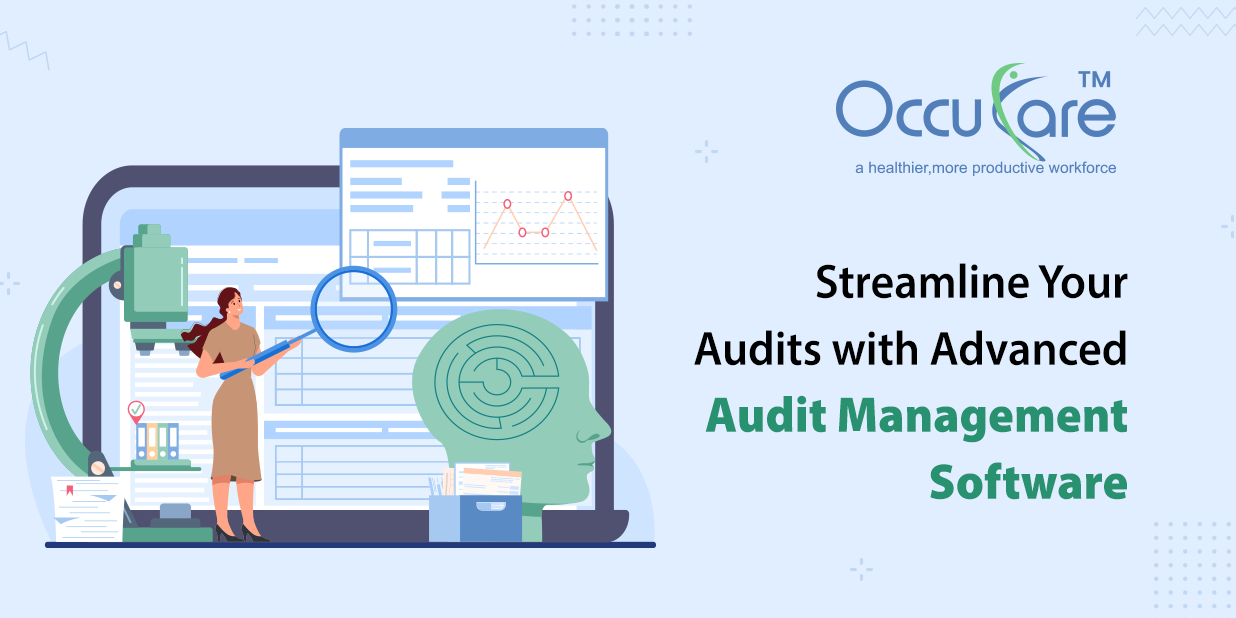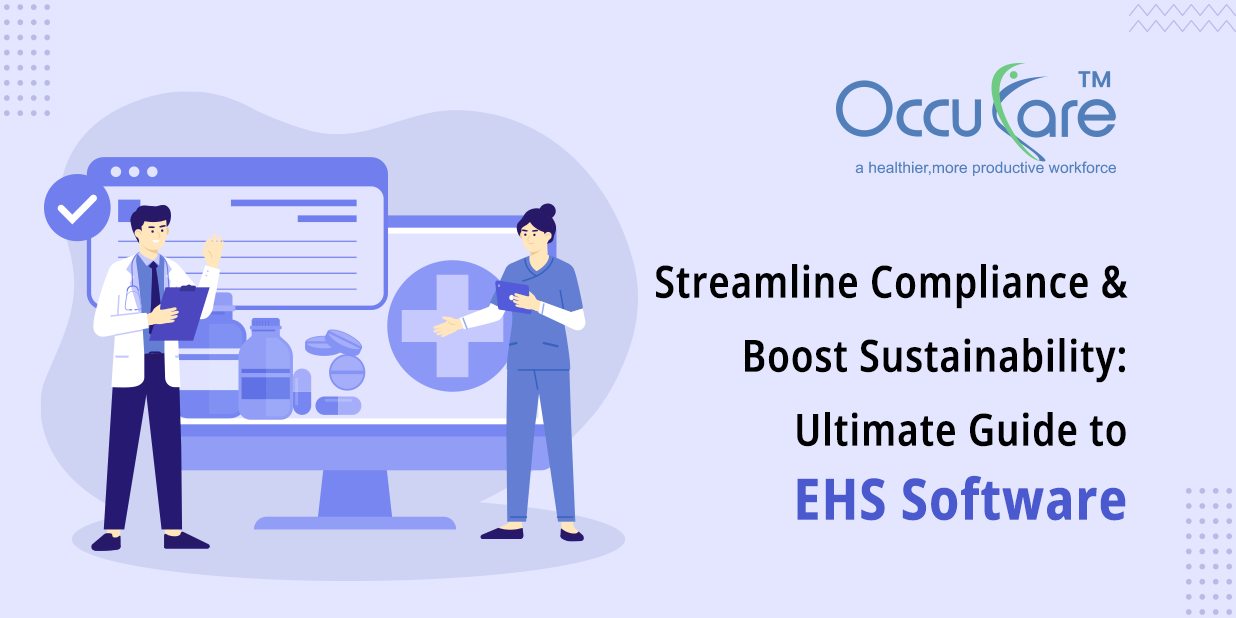An essential procedure for preserving an organization’s operational effectiveness and financial integrity is auditing. Auditing has historically included a lot of physical labor and time, as well as a confusing web of spreadsheets, paperwork, and manual methods. But the emergence of sophisticated audit management software, which provides a range of functionalities to optimize the auditing procedure, boost precision, and boost overall effectiveness, has completely changed this environment.
We will examine how cutting-edge auditing management software can revolutionize your audit procedures in this extensive tutorial. We’ll go over its salient characteristics, look at how it simplifies audits, and talk about the wider advantages it can offer your company. Gaining a thorough understanding of these elements will enable you to use this technology to enhance your auditing procedures.
Evolution of Audit Management:-
From Manual to Digital:
Historically, auditing has required a large amount of manual labor. Auditors would rely on spreadsheets and written materials for gathering information and reporting, gather physical records, and manually verify compliance with requirements. This manual method was labor-intensive and prone to mistakes, which frequently resulted in errors and inefficiencies.
Technology has advanced, and the auditing process has followed suit. There have been major advancements since manual procedures were switched to digital ones. Many of the dull and repetitive activities related to auditing have been automated through digital tools and software, allowing audits to concentrate on more intricate and crucial areas of their work.
Development of Software for Audit Management:
The demand for sophisticated audit management systems has increased due to the growing volume of data and the complexity of business operations. The use of audit software for management has become essential for updating the audit procedure. These solutions have greatly increased the efficacy and efficiency of audits by streamlining repetitive operations, enhancing data accuracy, and offering real-time insights.
The shortcomings of conventional auditing techniques are intended to be addressed by sophisticated audit management software. By combining many features into one platform, it simplifies the auditing process and gives auditors the resources they require to carry out exhaustive and precise audits.
Key Features of Advanced Audit Management Software:-
1. Automated Data Collection:
Automated data collecting is one of sophisticated audit management software’s most revolutionary capabilities. Typical audit often involves gathering data from multiple places, which can be prone to mistakes and time-consuming. By integrating with multiple sources of data and automatically gathering the required information, automated data collection removes the need for human entry.
Advantages:
- Time Savings: By lowering the time required to do data entry by hand, computerized data gathering greatly accelerates the process of auditing.
- Error Reduction: Automated data gathering minimizes the need for human intervention, thus lowers the possibility of mistakes made during the entry of data by hand.
- Enhanced Accuracy: Data collection is made sure to be accurate and current by integration with dependable data sources
2. Centralized Document Management:
Examining a sizable number of records and papers is a part of audit procedures. A single repository for the storage, administration, and access of all pertinent documents is made possible by centralized document management in audit management software. This feature makes sure that all papers are easily accessible to auditors and does away with the necessity for physical file storage.
Advantages:
- Enhanced Organization: All audit-related papers are kept easily accessible and organized with the aid of centralized document management.
- Improved Cooperation: When many team members have simultaneous access to the same documents, communication and coordination are improved.
- Decreased Risk of Loss: Compared to traditional storage, digital storage lowers the chance of document loss or damage.
3. Real-Time Data Analytics:
One of the most helpful instruments available to audits is real-time data analytics, which enables them to see patterns and trends in data as they appear. Data analytics features in complex audit management software enable auditors to spot irregularities, deviations, and possible problems instantly.
Advantages:
- Quick insights: Real-time analytics give auditors current data so they can deal with problems as they come up.
- Improved Decision-Making: By examining data patterns, auditors can concentrate their attention on problem areas and make better judgments.
- Enhanced Efficiency: By identifying important problems and eliminating the need for laborious human analysis, real-time data analytics simplify the audit process.
4. Risk Assessment and Management:
A crucial component of auditing is efficient risk management. Tools for risk assessment are included in advanced audit management software, which assists in locating, analyzing, and ranking hazards. These technologies assess prospective risks and recommend mitigation solutions based on previous data and predictive analytics.
Advantages:
- Proactive Risk Management: Using risk assessment methods, auditors can spot possible hazards before they develop into serious problems.
- Focused Efforts: Auditors can more efficiently manage resources and take care of the most pressing problems first by giving high-risk regions priority.
- Better Risk Mitigation: Using predictive analytics, auditors can create plans to lessen risks they’ve discovered and keep them from having an influence on the company.
How Advanced Audit Management Software Streamlines Audits?
1. Increased Efficiency:
By centralizing document management, automating repetitive operations, and optimizing workflows, advanced auditing management software dramatically increases audit efficiency. The effort and time needed for manual operations can be decreased, allowing auditors to focus on higher-value duties and finish audits faster.
Advantages:
- Faster Audits: The audit can be completed more rapidly thanks to automation and reduced procedures.
- Effective Resource Allocation: Auditors can concentrate on more strategic elements of the audit, like data evaluation and risk assessment, by automating repetitive duties.
- Decreased Administrative Overhead: By automating processes and centralizing document management, administrative work takes less time, which boosts productivity.
2. Enhanced Accuracy:
Precision is essential to auditing, and cutting-edge audit management software reduces the possibility of human error to improve precision. Accurate and current data collection and analysis are ensured by integration and automation with dependable data sources.
Advantages:
- Error Risk Reduction: Automation reduces the chance of mistakes that come with manual data entering and computation.
- Accurate Data: The audit’s data is guaranteed to be current and accurate thanks to integration with trustworthy data sources.
- Better Reporting: More accurate and dependable audit reports are the result of improved collecting and analyzing information accuracy.
3. Streamlined Compliance:
An essential component of auditing is ensuring compliance with laws and standards. Sophisticated audit management software makes compliance monitoring easier by keeping track of regulatory changes. And making sure that organizational procedures comply with the latest standards.
Advantages:
- Current Compliance: Automatic updates and adherence checklists guarantee that audits follow the most recent rules and guidelines.
- Decreased Risk of Failure to comply: The software assists in preventing non-compliance and the fines associated with it by maintaining track of regulatory changes.
- Enhanced Accuracy: The danger of errors and overlooks in compliance reporting reduces by automated compliance monitoring.
Conclusion:
A major development in the auditing sector is advanced audit management software. These systems optimize audit process efficiency by automating repetitive operations, organizing document management, and offering real-time data analytics. Adopting cutting-edge audit management software has several advantages. Such as higher productivity, increased accuracy, enhanced teamwork, and cost savings.
Using technology to improve audit procedures is becoming more and more crucial as companies deal with more complicated regulatory environments and expanding data volumes. Through comprehension of the principal characteristics of sophisticated audit management software, evaluation of your establishment’s requirements, and preparation for an effective rollout. You may leverage this technological marvel to revolutionize your audit procedures.





